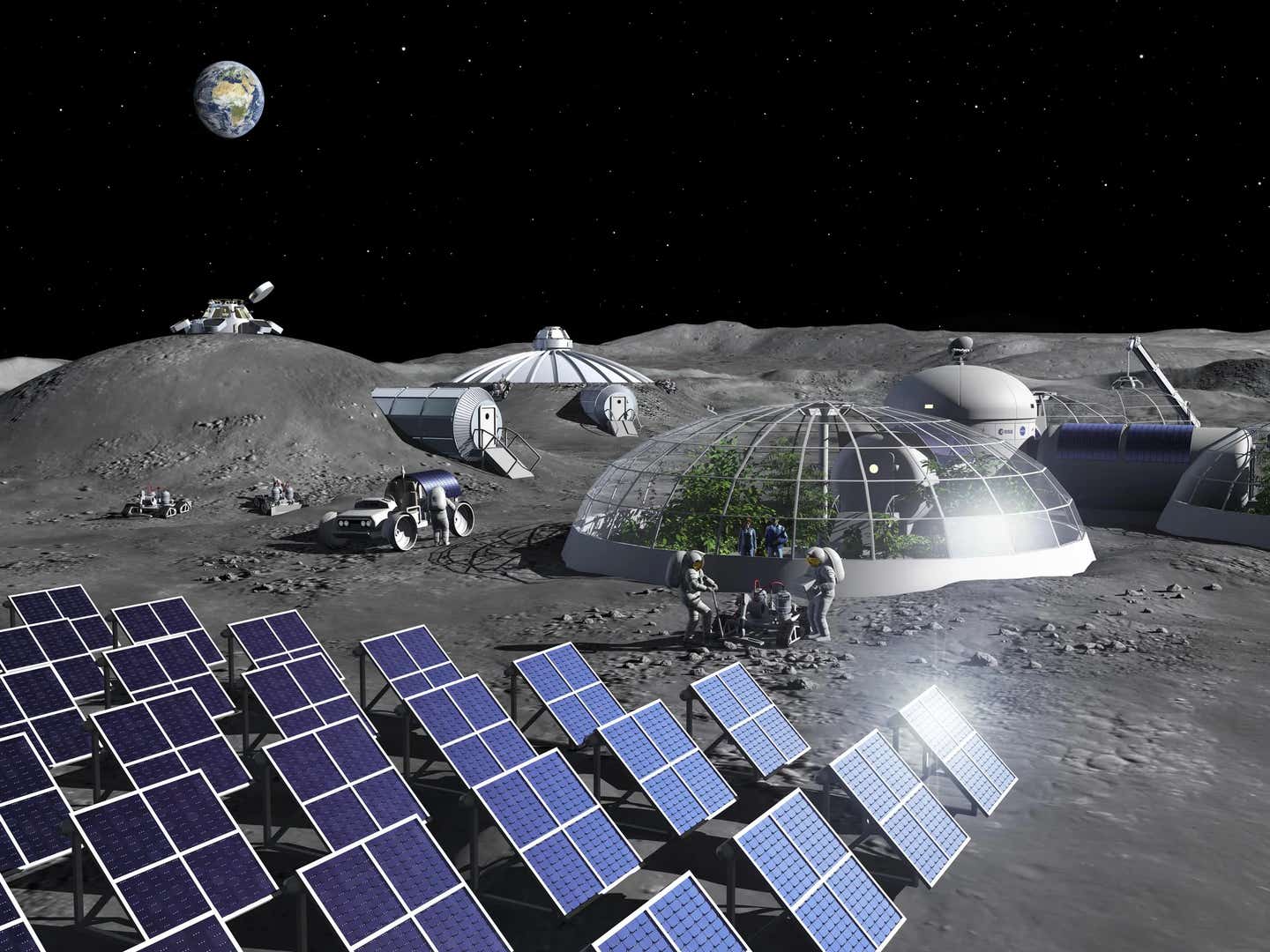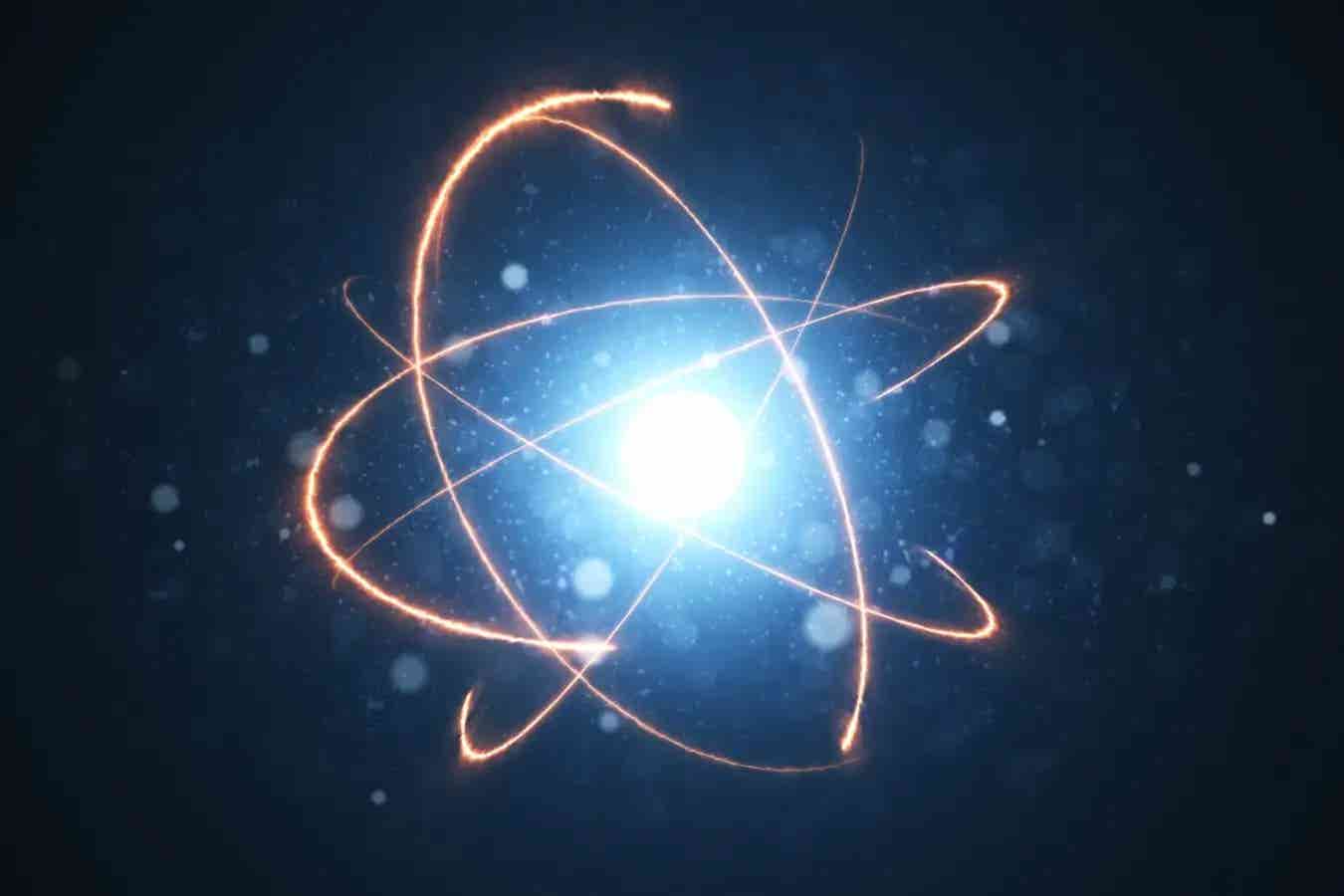Solar cells made from moon dust could power future space missions
Researchers build solar panels from Moon dust, cutting weight and cost while boosting radiation resistance and energy efficiency.

Solar cells made from Moon dust could power lunar bases, slashing launch costs and resisting space radiation better than current tech. (CREDIT: P. Carril/ESA)
A future Moon base is closer to reality than ever before. With missions like Artemis 3 planned for 2026 and a lunar outpost on the horizon, one challenge stands in the way: energy. Getting enough power to support human life on the Moon isn’t just a matter of plugging in solar panels. Every kilogram sent into space can cost over a million euros. That makes traditional solar technology too heavy and expensive for long-term lunar use.
A new solution may be hiding in plain sight—right under astronauts’ boots.
The Power Beneath the Dust
The Moon’s surface is covered in a powdery layer called regolith. It’s dusty, rocky, and seemingly lifeless. But scientists now believe this same material could help power future Moon settlements. Instead of shipping bulky materials from Earth, researchers have shown it’s possible to turn lunar regolith into “moonglass” that can be used to build solar panels right on the Moon.
In a study published in the journal Device, a team led by Felix Lang from the University of Potsdam in Germany demonstrated how simulated Moon dust could be melted into glass and used to create a new kind of solar cell.
“The solar cells used in space now are amazing, reaching efficiencies of 30% to even 40%, but that efficiency comes with a price,” Lang explains. “They are very expensive and are relatively heavy because they use glass or a thick foil as cover. It’s hard to justify lifting all these cells into space.”
His team’s approach offers something radically different: use local resources and make energy systems in place. Moonglass solar panels not only slash weight and cost, but they also resist radiation damage—something that plagues current technologies in space.
Smarter Solar Cells with Perovskites
At the heart of this innovation is a class of materials called halide perovskites. These are lightweight, flexible crystals known for their high solar conversion rates and low manufacturing costs. They also perform well even with flaws, tolerating impurity and defect concentrations between 1% and 10%. That makes them ideal for lunar conditions, where perfect manufacturing is tough.
Related Stories
Perovskite solar cells are remarkably thin—just 500 to 800 nanometers thick—yet powerful. Using only 1 kilogram of perovskite material from Earth, researchers could produce about 400 square meters of solar cells. That kind of efficiency could fuel an entire Moon base.
Better yet, these cells are highly adaptable. By changing the bandgap of the perovskite, engineers can create multi-junction solar cells. These can reach conversion efficiencies rivaling the most expensive Earth-based semiconductors. Their unique radiation resistance is another bonus, especially in space where protection from cosmic rays and solar radiation is crucial.
Building Moonglass with Sunlight
Turning Moon dust into glass isn’t as complex as it sounds. The team found that using a solar furnace—a device that focuses sunlight using mirrors or lenses—can provide enough heat to melt the regolith. Because the Moon receives a strong solar flux of about 1,400 W/m² and has no atmosphere to block light, this process is more efficient than on Earth.
The melted regolith becomes moonglass, which serves a dual role. It acts as a protective layer over the solar cells and also replaces heavy glass substrates brought from Earth. Unlike traditional solar cells that rely on ultra-pure glass or foil, moonglass doesn’t need complex purification. That dramatically simplifies the process and cuts down on energy use, which is crucial since all energy on the Moon must come from local sources.
In tests, the team created moonglass solar panels that reached 10% efficiency. That number could grow to 23% with clearer glass that allows more light through. Even at current levels, the energy return is astounding. Per gram of Earth-supplied material, these panels produce up to 100 times more energy than today’s standard solar panels in space.
“If you cut the weight by 99%, you don’t need ultra-efficient 30% solar cells, you just make more of them on the Moon,” says Lang. “Plus, our cells are more stable against radiation, while the others would degrade over time.”
Stable, Scalable, and Strong
One of the biggest hurdles in space tech is durability. Materials must survive radiation, sharp temperature swings, and micrometeorites. Moonglass, made from impure regolith, has a natural brown tint that actually helps it resist further darkening in space. Standard Earth-made glass, in contrast, slowly browns in orbit, blocking sunlight and reducing power output.
Because of its thickness and stability, moonglass doesn’t just shield the solar cells—it also makes handling and installation easier. On Earth, thick protective glass would add too much weight to launch. But when made directly on the Moon, this glass becomes a practical solution for building robust energy systems.
Even with a modest production setup—say, about 3 metric tons of equipment—moonglass-perovskite solar panels would outperform anything brought from Earth once the system produces more than 3 megawatts of power. That’s enough energy to support a Moon base housing around 200 astronauts, based on energy needs similar to the International Space Station.
And unlike other proposed methods that aim to extract pure silicon from Moon dust using molten regolith electrolysis, this process avoids complex chemistry and extreme energy needs. No need for mining silicon or purifying it to parts-per-billion levels. The gear required is simple, and the process uses what’s already there.
Next Steps: Testing It on the Moon
Despite the promise, there are still unknowns. The Moon’s gravity is only one-sixth of Earth’s, which might affect how the glass forms. The vacuum environment makes it hard to use some solvents, and lunar temperature swings—from +120°C to -130°C—could test the limits of perovskite stability.
To address this, Lang’s team hopes to send a small test mission to the Moon. The goal: prove these solar panels can be made and work there under real conditions.
“From extracting water for fuel to building houses with lunar bricks, scientists have been finding ways to use Moon dust,” Lang says. “Now, we can turn it into solar cells too, possibly providing the energy a future Moon city will need.”
The project stands at the intersection of creativity and necessity. By embracing in-situ resource use and cutting-edge material science, the team has pointed toward a cleaner, smarter path to living on the Moon. And with each step forward, the dusty surface of the Moon starts to look less like a barren desert and more like a home.
Note: The article above provided above by The Brighter Side of News.
Like these kind of feel good stories? Get The Brighter Side of News' newsletter.
Joseph Shavit
Head Science News Writer | Communicating Innovation & Discovery
Based in Los Angeles, Joseph Shavit is an accomplished science journalist, head science news writer and co-founder at The Brighter Side of News, where he translates cutting-edge discoveries into compelling stories for a broad audience. With a strong background spanning science, business, product management, media leadership, and entrepreneurship, Joseph brings a unique perspective to science communication. His expertise allows him to uncover the intersection of technological advancements and market potential, shedding light on how groundbreaking research evolves into transformative products and industries.



